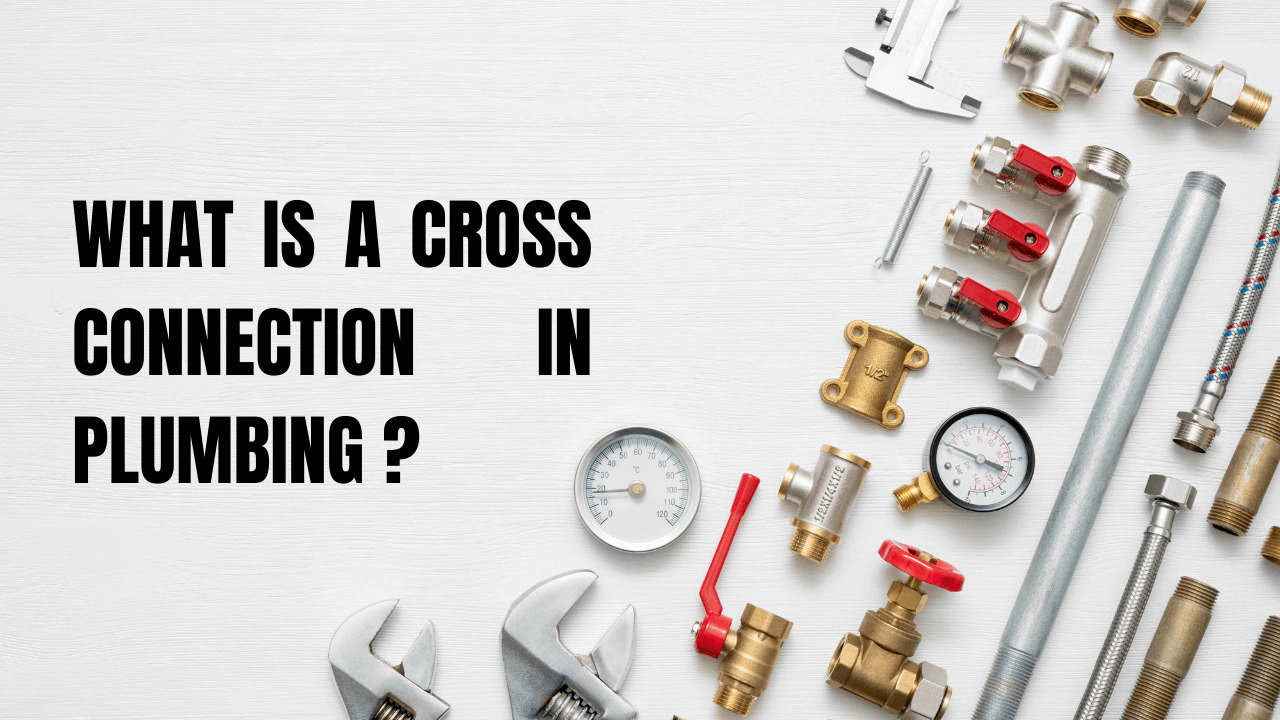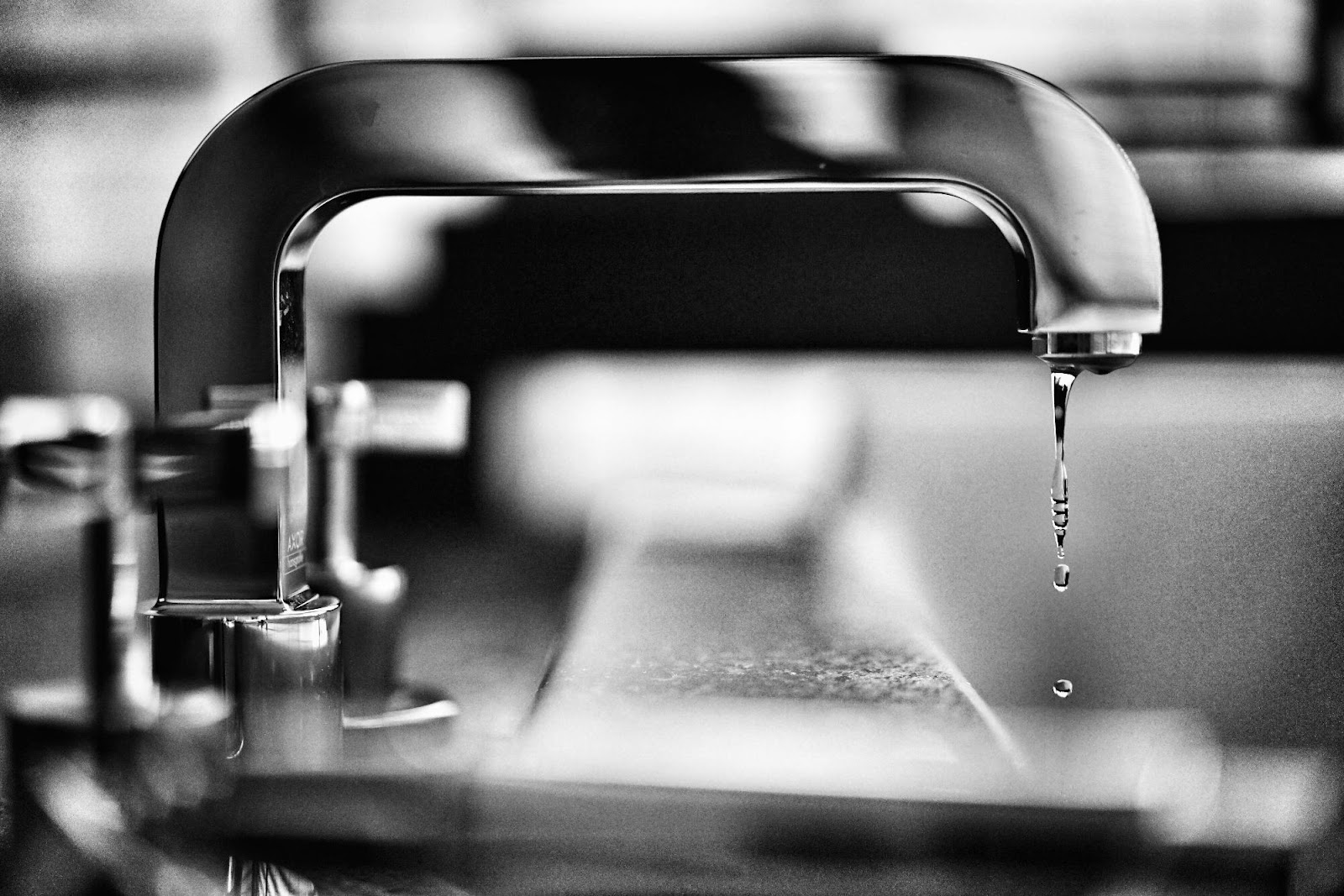This article defines a cross-connection in a plumbing system and discusses why plumbing or pipe cross-connections can be unclean or dangerous. Any physical connection or arrangement between potable water and any source of contamination is referred to as a plumbing cross-connection.
Backflow in drinking water distribution systems is the unintended reversal of water flow.
When the pressure created by equipment or systems such as a boiler or air conditioning system is higher than the water pressure inside the water distribution line due to routine occurrences such as water main breaks or high-water demand, causing the water to flow back inside the water distribution system, this backward flow of water can occur.
Table of Contents
Cross Connection: An Overview
In the event of a backflow, a cross-connection is any actual or potential connection between drinking water lines and potential sources of pollution or contamination, such as a piping arrangement or equipment that allows drinking water to come into contact with non-potable liquids, solids, or gases that are hazardous to humans.
Any physical connection or arrangement between two otherwise separate piping systems, one of which contains potable water and the other either water of unknown or questionable safety, steam, gas, or chemical, whereby flow from one system to the other is possible, with flow direction determined by the pressure differential between the two systems.
How To Prevent The Cross Connection?
A simple garden hose, if not properly protected, can taint or poison your home’s drinking water lines. Unprotected garden hoses are involved in more than half of the country’s cross-connection occurrences. As a water drinker, you can take some very basic actions to avoid such dangers.
- A hose should never be submerged in soapy water buckets, pet watering containers, pools, tubs, sinks, drains, or chemicals.
- Always use a backflow preventer when connecting a hose to a garden sprayer.
- Purchase and install a hose bibb vacuum breaker in any threaded water fixture. Connecting a garden hose to a spigot can be as simple as that. Most hardware stores and home improvement centers carry this low-cost equipment.
- Identify any potential cross-connections to your water line and be aware of them.
- Invest in backflow-prevention appliances and equipment.
- Backflow prevention devices or assemblies should be purchased and installed for all high and moderate hazard connections.
A cross-connection risks bacterial contamination of building water piping or municipal water supplies. This connection can happen in a variety of places. A laundry tub with a faucet below the top of the laundry tub is an example. If the faucet enters the tub through the wall, the faucet may be submerged after the tub is filled.
How To Fix Bathroom Cross Connections?
If the tub spout is below the flood rim of the fixture, an older bath sink and bathtub may make a cross-connection. Some plumbing devices are designed to create a situation where a cross-connection is inevitable.
The bottom of the bidet basin contains a water source. Water can now be sprayed up from the bowl’s bottom center. Of course, wastewater in the bowl can contaminate the supply of water. Water cannot flow back into the supply pipework due to a particular mechanism.
How To Avoid Plumbing Cross Connection At Dishwashers?
The air gap device depicts how a plumbing cross-connection at a dishwasher can be avoided. The dishwasher is fitted without an air gap barrier in this residence, posing a potential cross-connection. Cross connections are typically avoided during original plumbing work, although home handyman alterations can create them.
A cross-connection can also be caused by careless use of the home plumbing system. It’s important to avoid putting a garden hose in a position that allows wastewater to run back into the supply plumbing system. If the hose is left in a pail of water, contaminated water may flow back through the hose and into the drinking water.
This can happen if the house water supply is turned off and partially drained while the hose is in the pail for some reason. Back-flow preventers on the hose bib can help. Garden-hose plumbing cross-connections can also happen when someone connects a garden hose directly to a sewage waste pipe for any reason.
Heating Boilers With Plumbing Cross Connection
Plumbing is connected to the boiler in hot water heating systems to add water. Backflow preventers are used in modern hot water and steam boiler systems to prevent boiler water from entering the drinking water piping system. This is another possible link. Backflow preventers aren’t always present in older systems. Therefore, this is a risk.
A malfunctioning pressure decreasing water feed valve or the usage of a manual water feed valve combined with a drop in building supply pressure can enable unclean boiler water to enter the building’s potable water supply piping system in a heating boiler without a backflow preventer.
Conclusion
Sump pumps powered by water can create an unhealthy cross-connection between groundwater or basement leaks and the building’s municipal water supply pipework, making them illegal in some plumbing areas.





